Baby loveys are popular these days. They’re marketed for all ages of babies to sleep and play with. But many parents ask me if loveys are dangerous, especially for babies 6 months old and younger. Is there a suffocation or SIDS risk to allowing your baby to sleep with a lovey? This article will tell you when it’s safe to let your child sleep with a lovey.
This post may contain affiliate links.
What is a lovey?
In the traditional sense, a lovey is any item that a child bonds with in order to feel comforted and secure. Most children gravitate toward a blanket, a stuffed animal or a toy.
Modern marketing has coined the “lovey” to be a soft, cloth toy meant for kids to cuddle up to and sleep with. Similar to a stuffed animal.
It looks something like this:
Why do some parents give their baby a lovey?
The rationale for offering a lovey is that it can provide comfort and security for your child.
It can be a “buddy” that helps her through tough times like separation anxiety, teething, Mom returning to work or learning to sleep alone.
It’s known as a “transitional object” because it helps your child transition from dependence to independence over the first few years of life.
Your child goes through many changes during this time but the lovey stays constant.
Many parents that are preparing to change their baby’s sleep habits (such as beginning sleep training or transitioning out of bed-sharing) like the idea of offering a soft, cuddly friend to snuggle while baby sleeps.
They want the lovey to provide reassurance and comfort at bedtime and during the night as the parent slowly weans off providing hands-on support. In essence, the lovey replaces them.
Popular loveys
Are loveys dangerous? Especially for babies 6 months old and younger?
Just like any other object in your baby’s crib (like a pillow or blanket) there is a risk that a lovey might cover your baby’s face, increasing the risk of suffocation. Or it may pose a choking risk if it has any small parts that can come off.
Before your baby can freely roll around in the crib and pull blankets off of her face, it’s a real risk placing anything in the crib with your baby unsupervised.
What are the official recommendations for loveys?
The American Academy of Pediatrics (AAP) recommends that all babies under 12 months sleep in an empty crib on a firm, flat mattress. The mattress should be covered by only a fitted sheet with nothing else in the crib. No bumpers, pillows, blankets or toys. Nada. This is because each of these items can pose a safety risk.
So, for many parents, this AAP recommendation is all they need to know and they don’t offer a lovey for sleep before their child’s first birthday.
By 12 months-old, most babies are freely rolling around in the bed and are coordinated enough to remove something that might cover their face.
Find out how to create a safe sleep space for your baby here.
Why would I not follow these recommendations?
Some parents wait until their baby can easily roll, sit up and crawl before offering a lovey. Often this happens before the first birthday. Because of their baby’s physical agility, they feel confident that a lovey poses little to no risk.
Ideally, these parents have discussed this with their pediatrician.
To prepare, some parents tell me they practiced during the day before offering a lovey at night. When their baby was happy and awake, they gently covered her face with the lovey to see if she could quickly and easily take it off.
Important note: Your child’s lovey should be smaller than her head and NOT have any parts that can be ripped or bitten off and swallowed (like a plastic eye or nose.) This is for ALL AGES, not just babies.
When do the benefits of a lovey outweigh the risk?
Based on the AAP’s recommendation, the risk of a lovey is minimal after a child’s first birthday. So the majority of parents can feel at ease introducing a lovey at this time.
Do I have to give my child a lovey?
Of course not. Especially if your child shows no particular interest or affection for one toy over another. It’s fine for your child to sleep without one, especially if she sleeps well. Don’t mess with what’s working!
On a personal note, my daughter didn’t “take” to a lovey until close to age 2. I followed her cues and when she showed me her “favorite buddy” I let her take it into her crib to snuggle with at night. (This worked GREAT for easing separation anxiety at bedtime.)
Take-Home Advice on Loveys
- It’s up to each individual parent to decide what’s best for your baby.
- If your child is older than 12 months, you can feel safe offering one small, soft lovey for sleep.
- If your baby is strongly rolling and sitting up independently, you may feel confident offering a lovey for sleep (after discussing this with your pediatrician.)
- If your baby is not yet rolling and/or is under 6-7 months I would refrain from offering a lovey for sleep.
- A lovey can be a helpful transitional object for your baby during daytime supervised play.


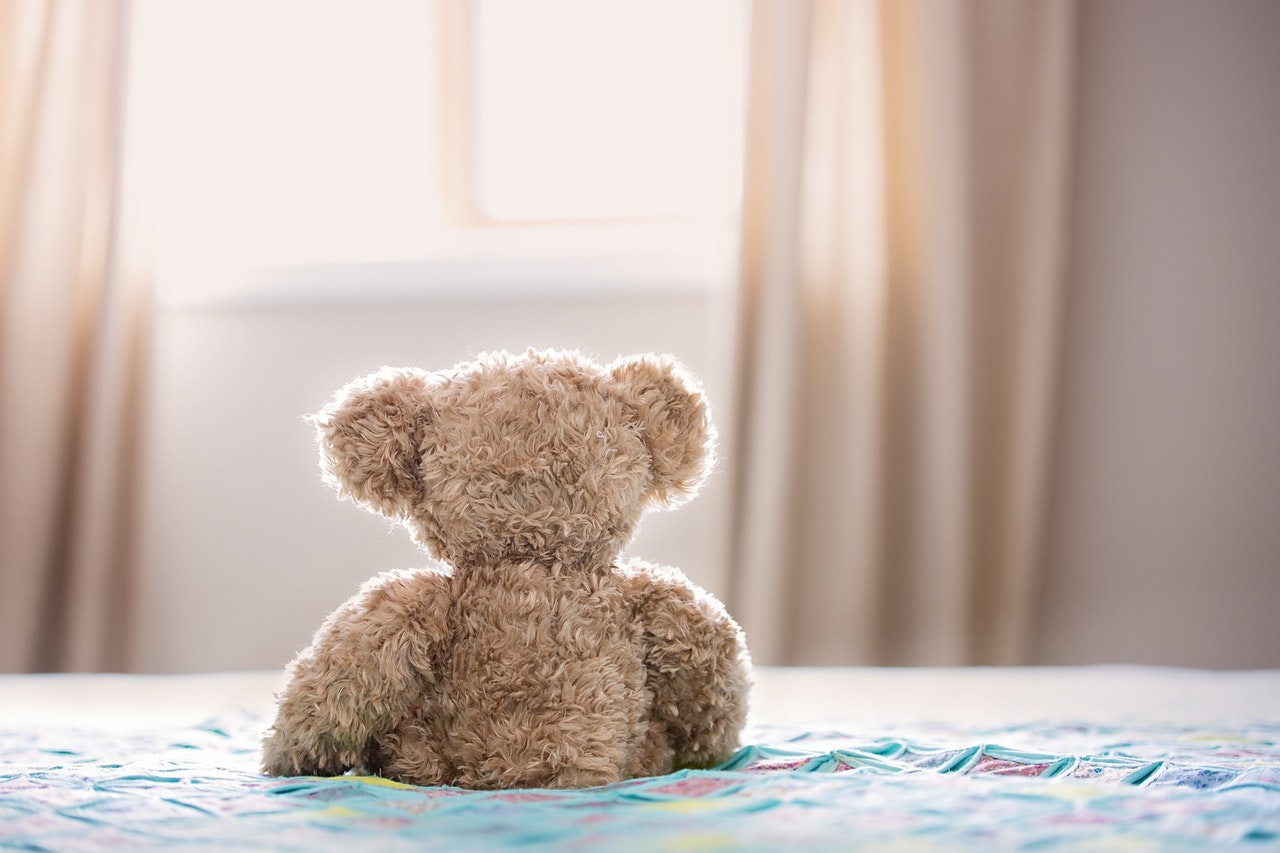
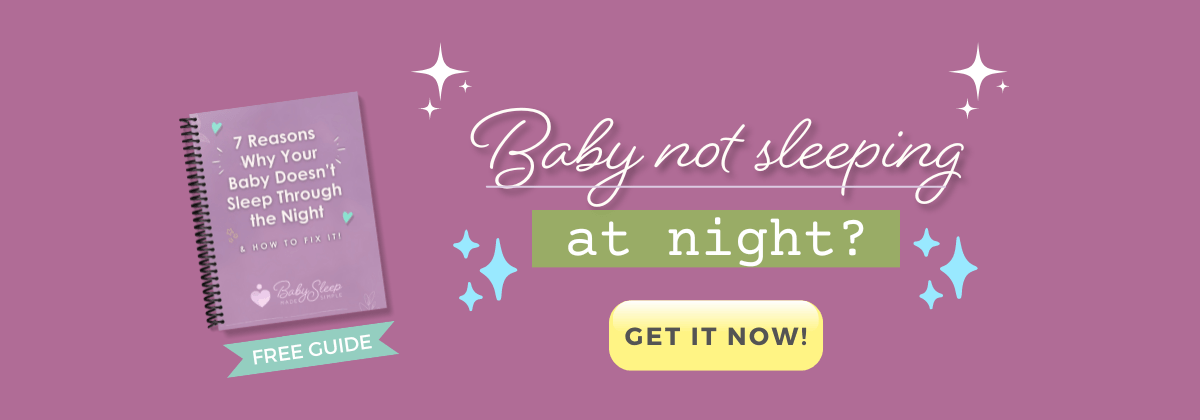
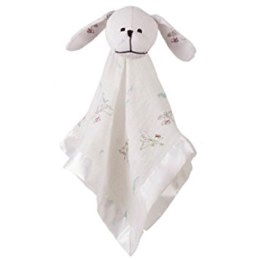




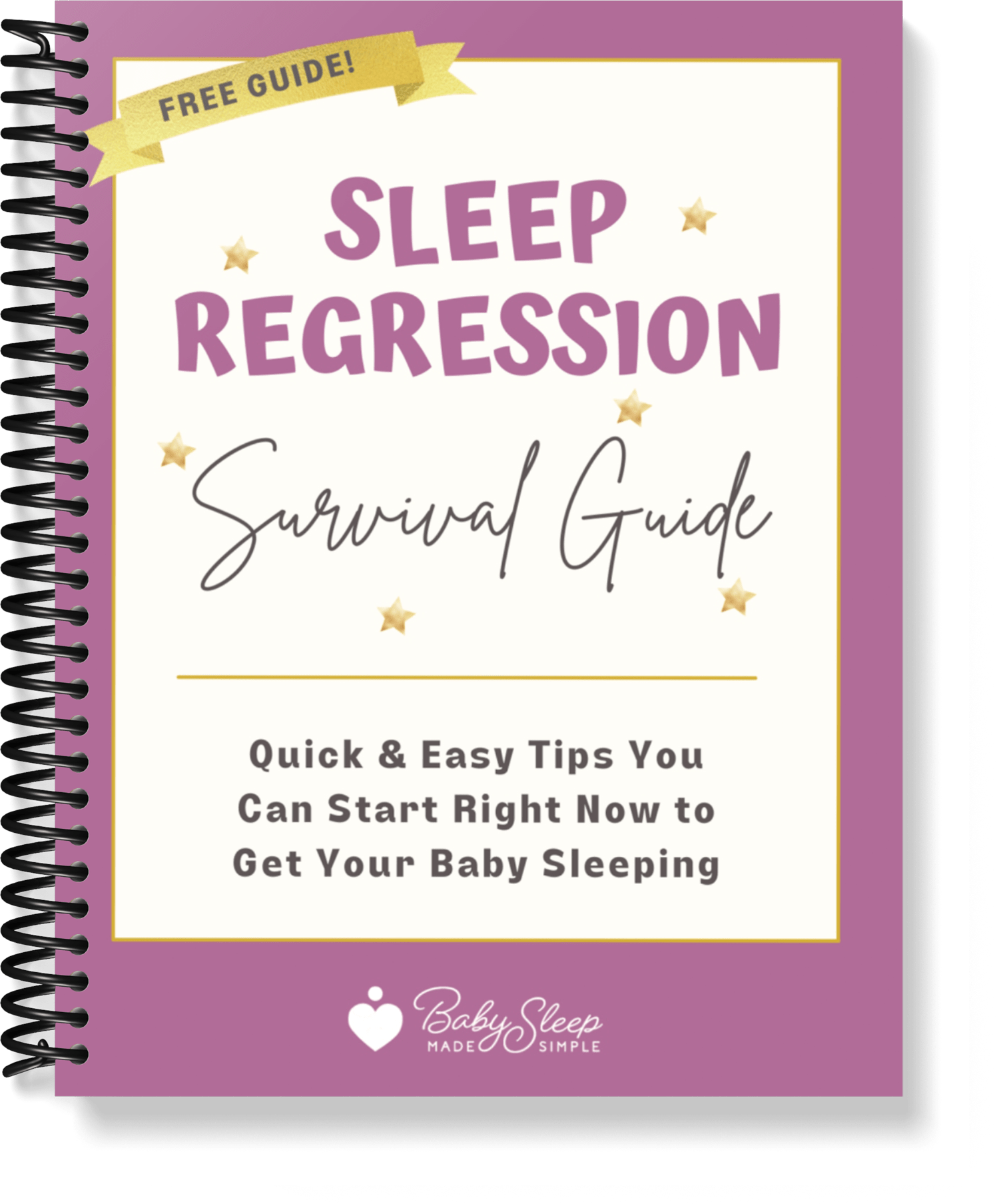
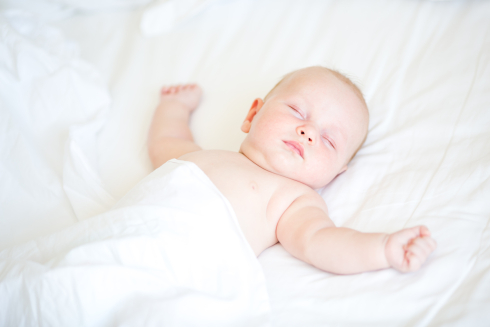
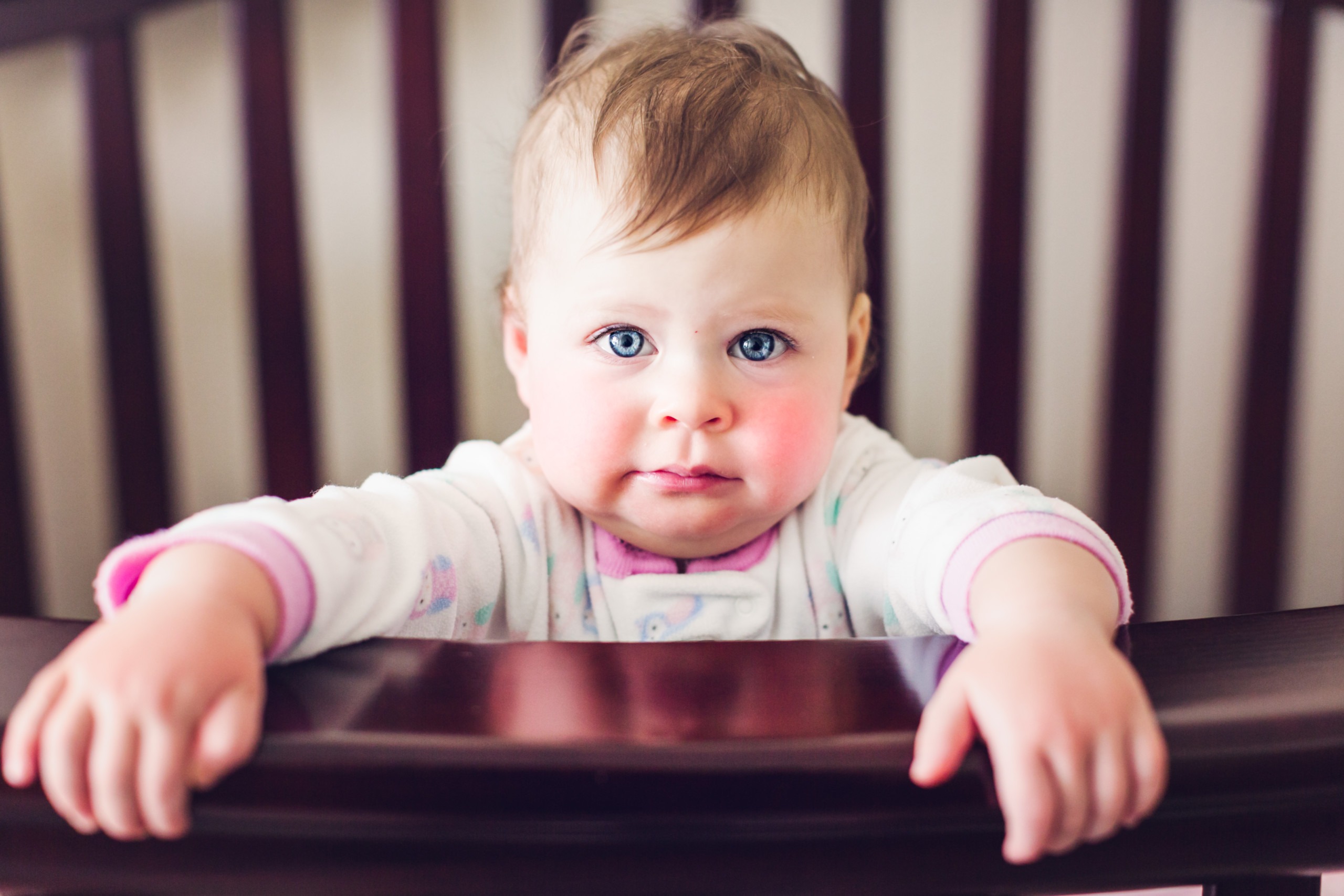
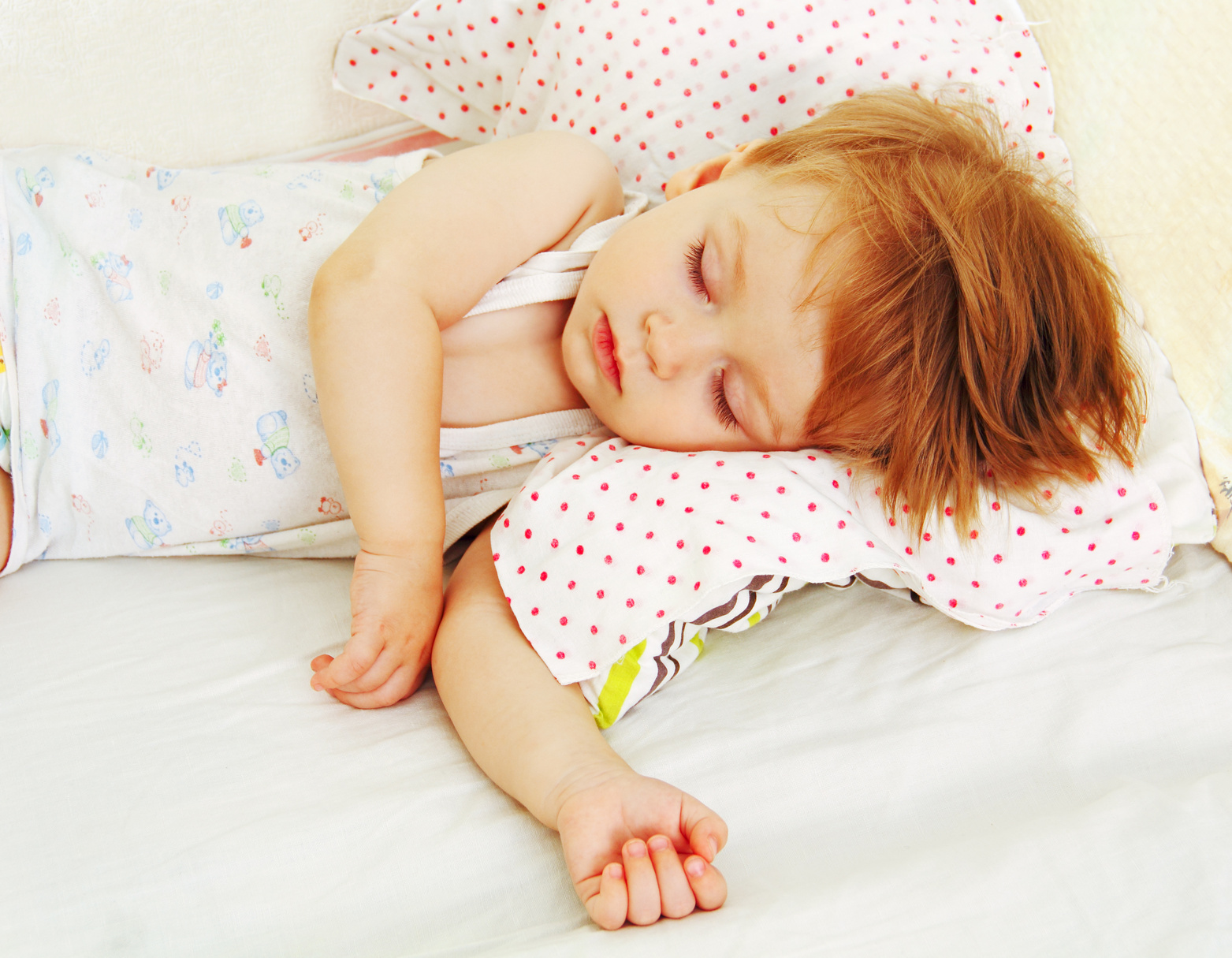
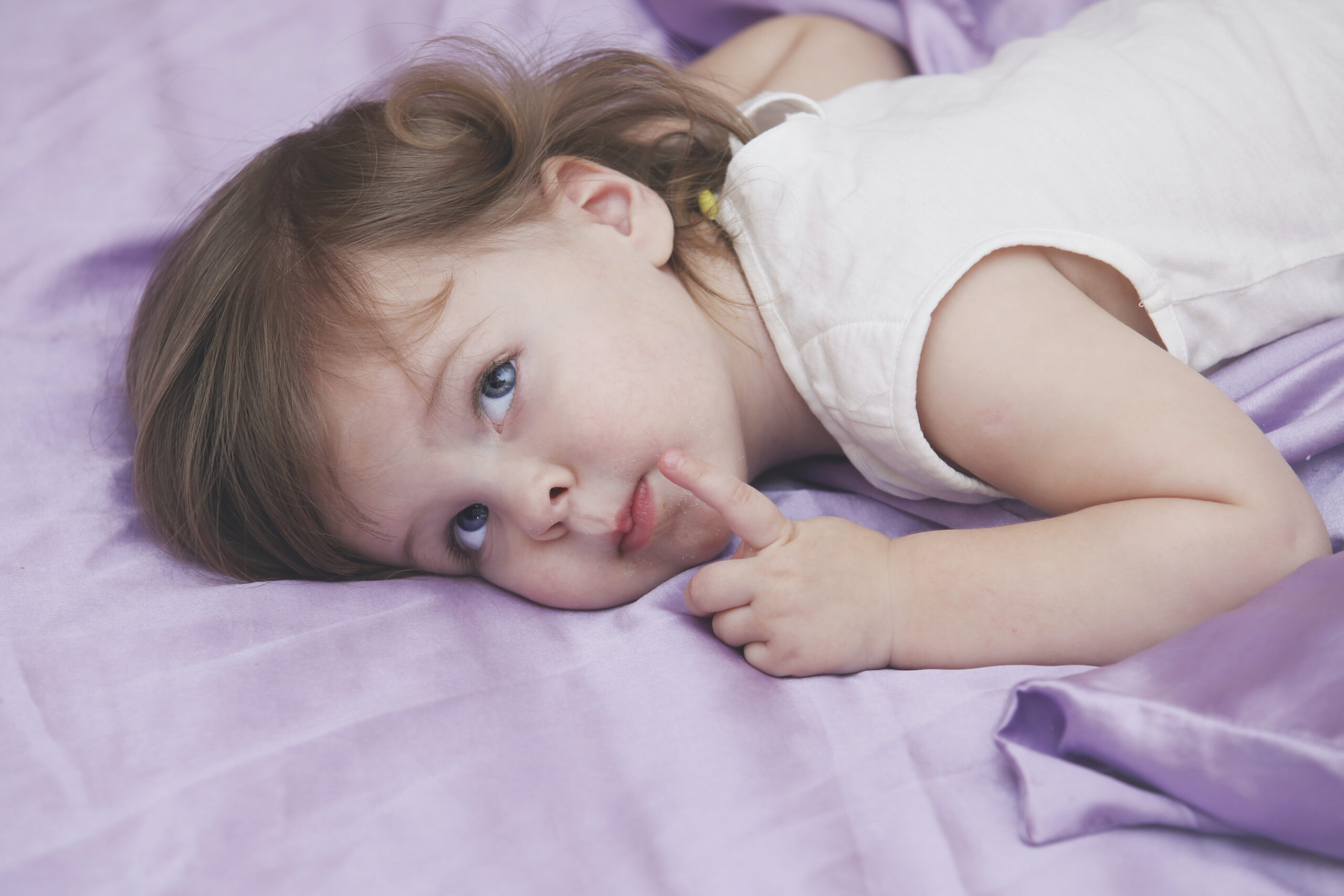
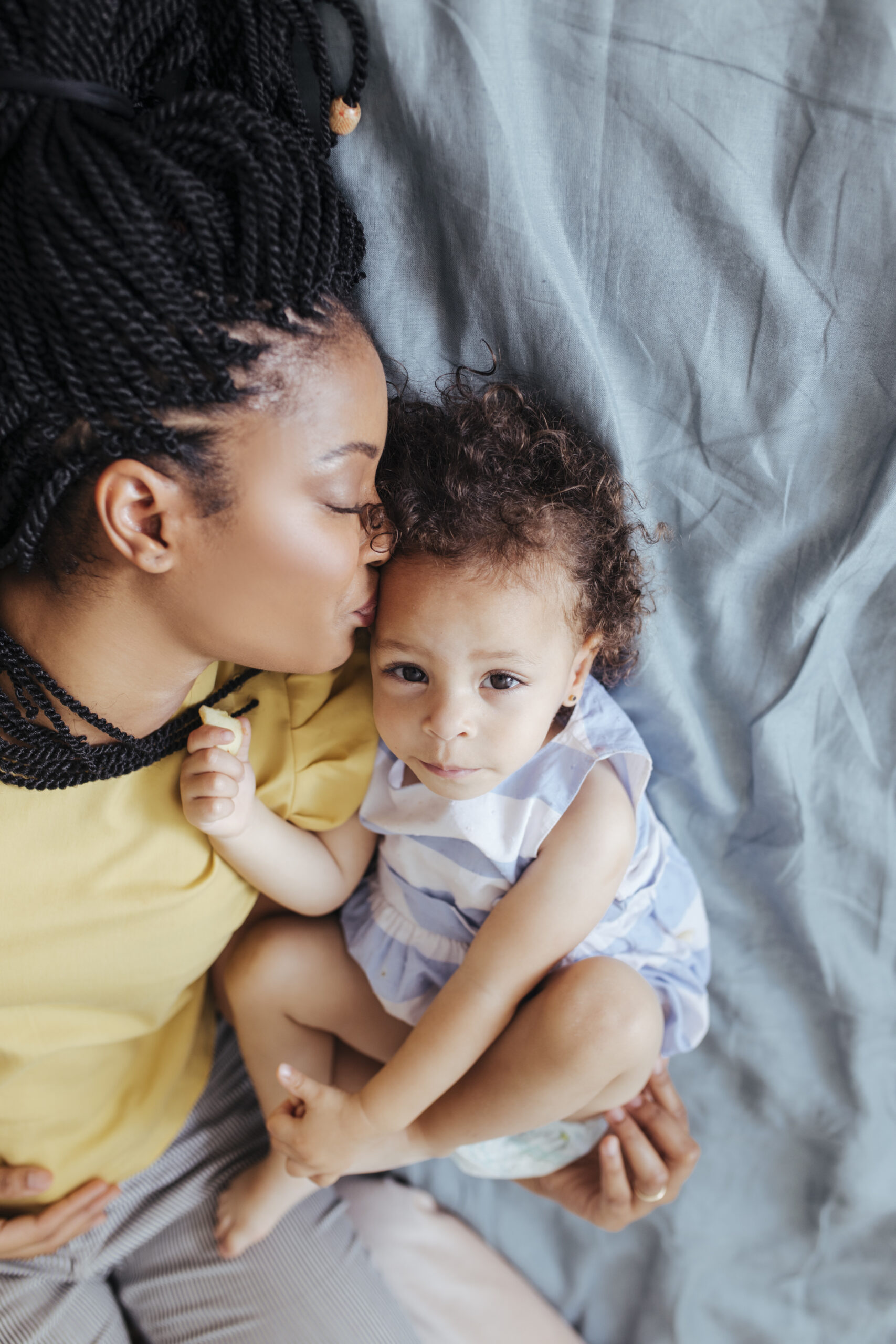
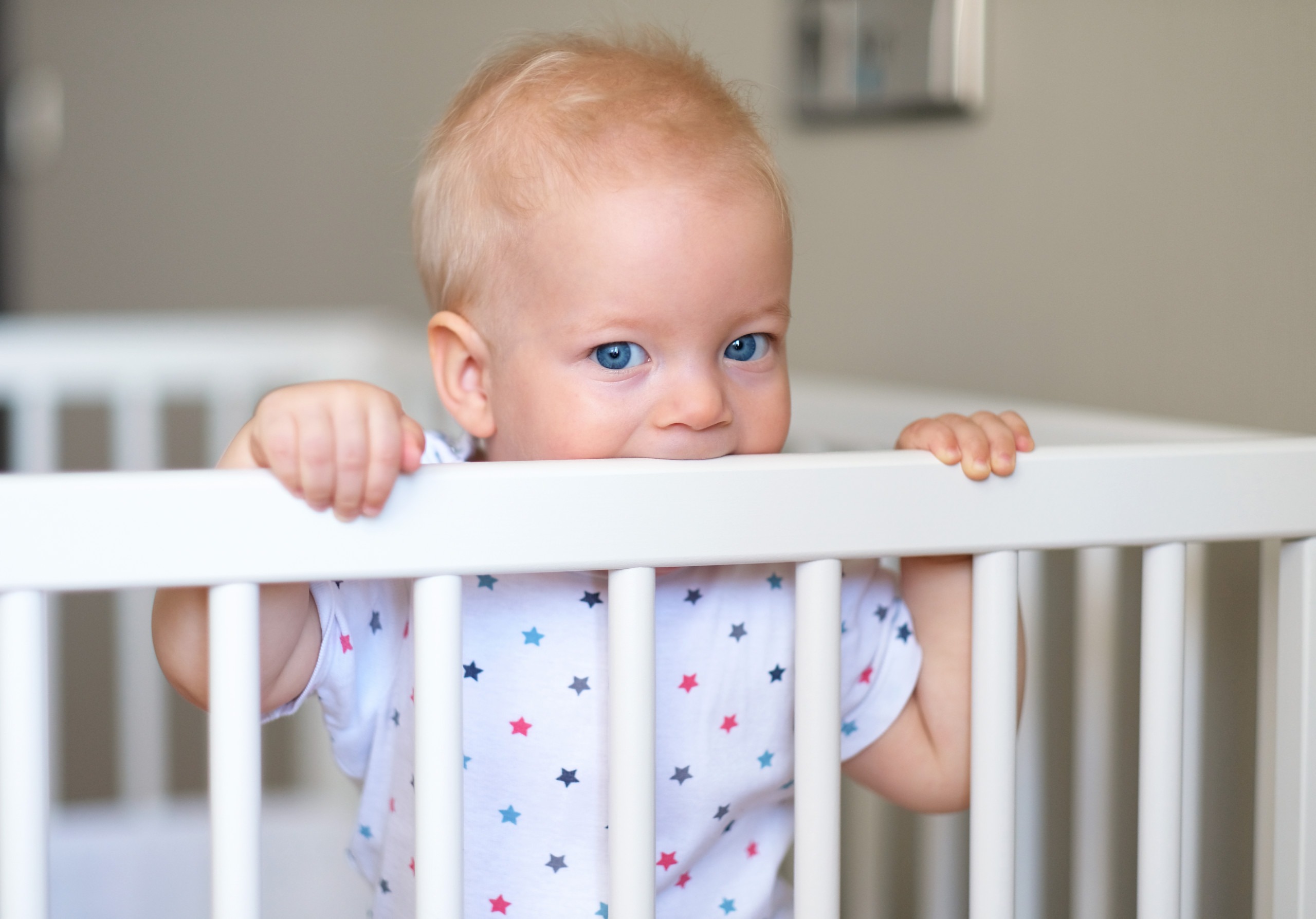
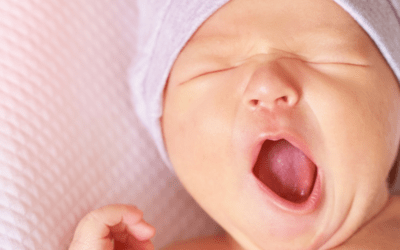
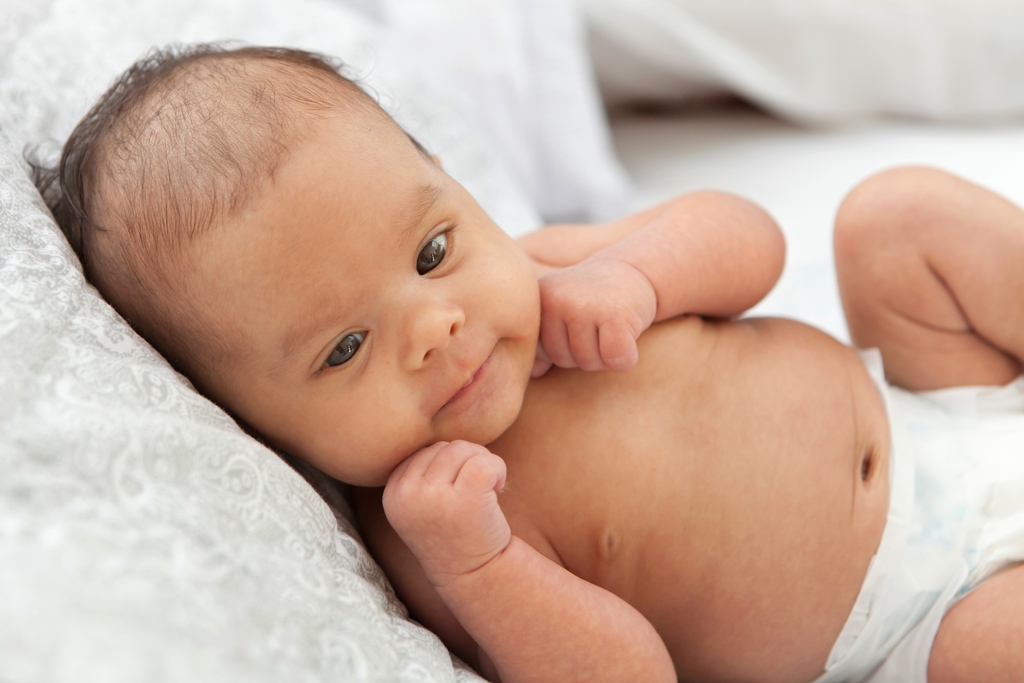
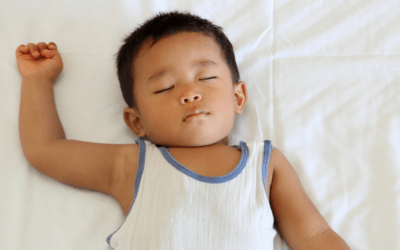
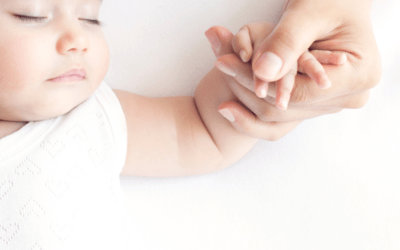
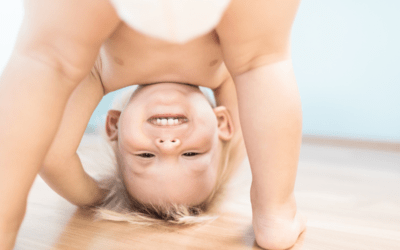
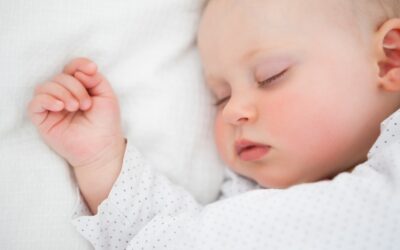
0 Comments